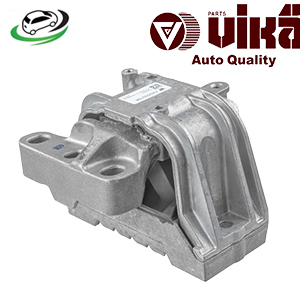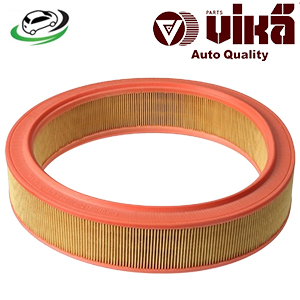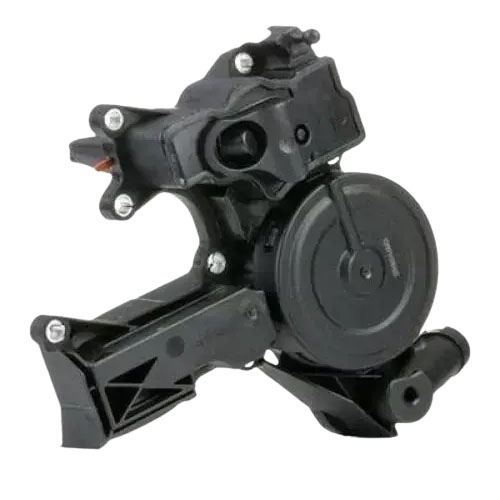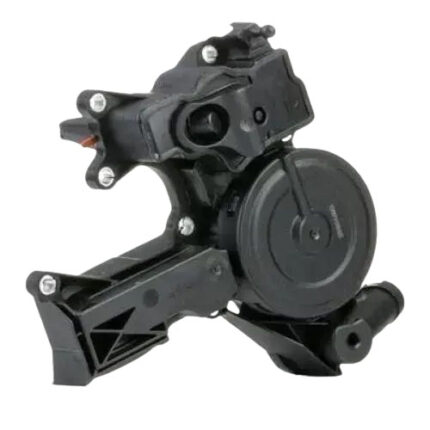-10%
Get Oil Separator PCV Valve Assembly VW Golf/Passat /Beetle/GTI/CC Audi Q5 2.0T/A3/A4/A5/Q5/TT 2008-2015 06H103495AC
The Oil Separator PCV (Positive Crankcase Ventilation) Valve Assembly is a crucial component in an internal combustion engine’s emission control system. It plays a significant role in managing engine blow-by gases, reducing emissions, and maintaining engine performance. This detailed guide will explain what the oil separator PCV valve assembly is, how it works, its benefits, common issues, and maintenance tips.
What is the Oil Separator PCV Valve Assembly?
The Oil Separator PCV Valve Assembly is a combined unit that includes both the PCV valve and an oil separator. These components work together to manage the gases and oil vapors that are produced within the engine’s crankcase.
- PCV Valve: The PCV valve is a one-way valve that allows the controlled release of crankcase gases into the intake manifold, where they are burned off during the combustion process. It helps to maintain proper pressure within the crankcase and reduces the emission of harmful gases.
- Oil Separator: The oil separator is designed to separate oil vapors from the crankcase gases before they enter the intake manifold. It prevents oil from being drawn into the engine’s intake system, where it could cause performance issues and increase emissions.
How Does the Oil Separator PCV Valve Assembly Work?
The oil separator PCV valve assembly performs several key functions:
- Gases Management: The PCV valve allows blow-by gases (unburned fuel and combustion gases that leak past the piston rings) to escape from the crankcase and enter the intake manifold. This helps reduce pressure in the crankcase and prevents oil leaks.
- Oil Vapor Separation: As crankcase gases pass through the oil separator, the separator uses centrifugal force, gravity, or a mesh filter to separate oil droplets from the gases. The separated oil is returned to the crankcase, while the cleaned gases continue into the intake manifold.
- Emission Reduction: By directing crankcase gases back into the combustion process, the PCV system helps reduce harmful emissions, improving the overall environmental performance of the engine.
- Engine Performance: Proper functioning of the PCV system ensures that the engine operates efficiently by maintaining correct crankcase pressure and preventing the buildup of oil vapors in the intake system.
Benefits of the Oil Separator PCV Valve Assembly
The oil separator PCV valve assembly provides several important benefits:
- Emission Control: By recirculating crankcase gases into the combustion chamber, the PCV system helps reduce the emission of harmful pollutants, such as hydrocarbons and carbon monoxide.
- Engine Efficiency: Proper management of crankcase gases and oil vapors helps maintain engine efficiency, reducing the risk of performance issues related to oil contamination in the intake system.
- Prevents Oil Fouling: The oil separator prevents oil vapors from entering the intake manifold, which can lead to carbon buildup and fouling of the intake valves, spark plugs, and other components.
- Reduced Oil Consumption: By returning separated oil to the crankcase, the system helps minimize oil consumption and reduces the need for frequent top-ups.
- Improved Engine Longevity: Effective crankcase ventilation and oil vapor management contribute to overall engine health, reducing the risk of damage and extending engine life.
Common Issues with the Oil Separator PCV Valve Assembly
While the oil separator PCV valve assembly is designed to be durable, it can experience several issues over time. Common problems include:
- Clogging: The PCV valve or oil separator can become clogged with sludge, carbon deposits, or contaminants, impairing their ability to function properly.
- Valve Failure: The PCV valve can become stuck or fail to open or close correctly, leading to improper crankcase ventilation and potential engine performance issues.
- Oil Leaks: Damage to the oil separator or PCV valve can cause oil leaks, leading to a loss of engine oil and potential contamination of other engine components.
- Increased Emissions: A malfunctioning PCV system can lead to increased emissions, including higher levels of hydrocarbons and carbon monoxide.
- Rough Idling or Poor Performance: Issues with the PCV valve or oil separator can cause rough engine idling, decreased performance, or other drivability problems.
Signs of a Failing Oil Separator PCV Valve Assembly
Recognizing the signs of a failing oil separator PCV valve assembly can help prevent more severe engine problems. Common symptoms include:
- Increased Engine Oil Consumption: If you notice a decrease in engine oil levels more frequently, it could indicate that the oil separator is not effectively separating oil from the crankcase gases.
- Rough Idling or Stalling: A malfunctioning PCV valve can cause irregular idling, stalling, or rough engine performance.
- Oil Leaks: Visible oil leaks around the PCV valve or oil separator can indicate a failure or damage to the components.
- Increased Emissions: Higher levels of exhaust emissions or noticeable black smoke from the exhaust may be a sign of a problem with the PCV system.
- Check Engine Light: In some cases, a failing PCV valve or oil separator can trigger the check engine light due to sensors detecting abnormal conditions.
Maintenance and Replacement
Regular maintenance and timely replacement of the oil separator PCV valve assembly are essential for ensuring optimal engine performance and emissions control. Here are some maintenance tips:
- Regular Inspections: Periodically inspect the PCV valve and oil separator for signs of damage, clogging, or leaks. Check for any buildup of sludge or carbon deposits.
- Replace Clogged Components: If the PCV valve or oil separator becomes clogged or shows signs of failure, replace them with high-quality parts that meet the manufacturer’s specifications.
- Clean the System: In some cases, cleaning the PCV valve or oil separator can restore functionality. Use recommended cleaning agents and follow the manufacturer’s instructions.
- Monitor Engine Performance: Pay attention to any changes in engine performance, idling, or emissions. Address any issues promptly to prevent further damage.
- Professional Inspection: If you are unsure of the condition of the PCV valve or oil separator, have a professional mechanic inspect the system and perform any necessary repairs or replacements.
Replacement Procedure
Replacing the oil separator PCV valve assembly typically involves the following steps:
- Preparation: Ensure the engine is cool and the vehicle is on a level surface. Gather the necessary tools and a replacement PCV valve assembly.
- Locate the Assembly: Identify the location of the oil separator PCV valve assembly. It is usually mounted on the valve cover or intake manifold.
- Remove Old Components: Disconnect any hoses or electrical connectors attached to the PCV valve or oil separator. Remove the bolts or fasteners securing the assembly and lift it off.
- Install New Components: Position the new PCV valve assembly in place and secure it with the appropriate bolts or fasteners. Reconnect any hoses or electrical connectors.
- Check for Leaks: Start the engine and check for any leaks around the new components. Ensure that the engine operates smoothly and that there are no unusual symptoms.
- Test Drive: Take the vehicle for a test drive to ensure that the engine performs correctly and that there are no issues with idling or emissions.
Follow us on Facebook for more parts.




